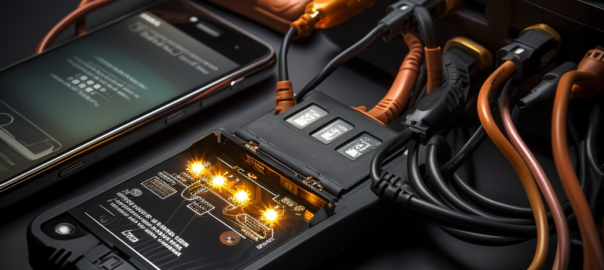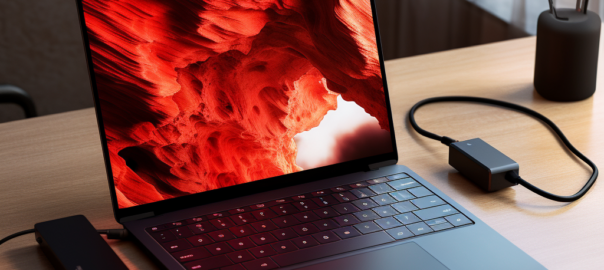The era of connectivity has been marked by a constant evolution of the hardware we use. Among the critical elements dictating this digital transformation are the different types of cables and connectors, like USB-C and Lightning, that link our devices together. These unsung heroes enable data transfer, charging, and a multitude of other functions that make our gadgets work seamlessly.
But what separates USB-C from Apple’s Lightning? This question is more than just a casual inquiry for tech enthusiasts. Understanding the differences can have practical implications, affecting the speed at which you can transfer files or the number of devices you can connect.
In this article, we delve deep into the contrasts between USB-C and Lightning, exploring their historical background, design, speed, compatibility, safety, and much more. Whether you’re a consumer puzzled by these terms or a business looking to make an informed choice for your IT needs, this comprehensive guide will serve you well.
Contents
Historical Background
2.1 USB-C
USB-C, short for “Universal Serial Bus Type-C,” is a 24-pin USB connector system introduced in 2014. A true outcome of collaborative effort, it was developed by the USB Implementers Forum (USB-IF), a group of industry leaders that include companies like Apple, Google, and Intel. The aim was to create a universal connector that would make the lives of consumers easier by replacing the myriad of existing options. Over the years, USB-C has been adopted by a wide range of devices, from smartphones and laptops to gaming consoles and professional cameras.
2.2 Lightning
Lightning is Apple’s proprietary connector, first introduced in September 2012, replacing the older 30-pin dock connector used in previous Apple devices. Unlike USB-C, which is an open standard, Lightning is exclusive to Apple’s ecosystem of devices, including iPhones, iPads, and iPods. The debut of the Lightning connector was a turning point for Apple, as it allowed the company to make thinner devices while also improving the speed and capabilities of the connector.
Both USB-C and Lightning have their roots in the necessity for better, faster, and more reliable connectors. While USB-C aims for universality across devices, Lightning aims for a streamlined experience within Apple’s ecosystem. Understanding this historical context helps clarify the different trajectories and design philosophies that have shaped these connectors.
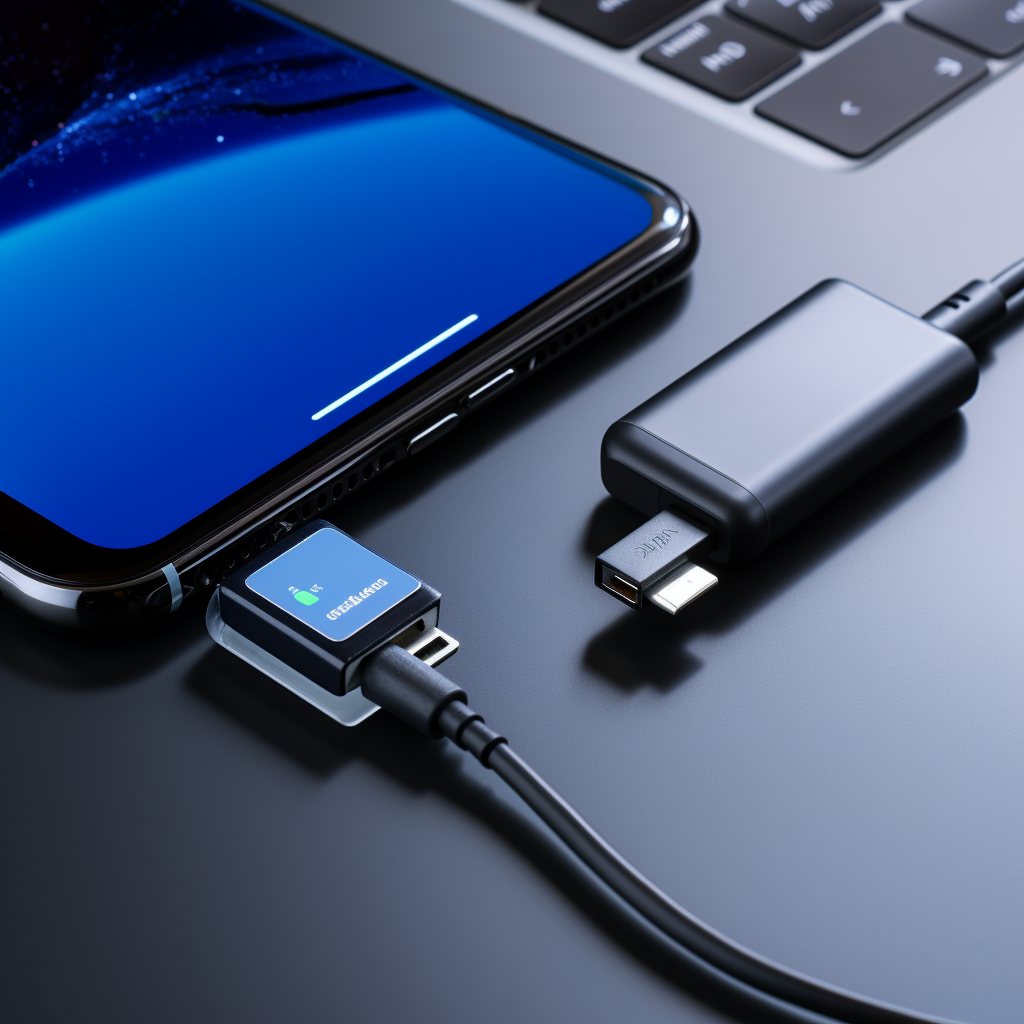
Design and Build
3.1 Shape and Size
USB-C
USB-C is a small, oval-shaped connector, measuring around 8.4mm by 2.6mm. One of its most significant advantages is its reversibility, meaning it can be plugged in either way, eliminating the frustration of trying to insert it the right way.
Lightning
The Lightning connector is even smaller, with dimensions of about 6.7mm by 1.5mm. Like USB-C, Lightning connectors are reversible, offering similar user-friendliness. However, their smaller size allows Apple to create even more compact devices, contributing to their sleek design aesthetic.
3.2 Material
USB-C
USB-C connectors are typically made from a combination of metals like aluminum and zinc, offering a balance between durability and electrical conductivity. Some high-end models come with gold-plated connectors for increased longevity and reduced resistance.
Lightning
Lightning connectors are made from high-quality anodized aluminum. Apple’s rigorous quality control ensures that the Lightning ports and cables are durable and long-lasting, a necessity given their proprietary nature.
From a design perspective, both connectors have their merits. USB-C’s slightly larger size allows for a greater number of pins, contributing to its multi-functionality. In contrast, Lightning’s smaller dimensions suit Apple’s design philosophy of creating slim, streamlined devices.
The materials used in both connectors also reflect their different aims: USB-C’s versatility and adaptability are evident in its choice of durable, electrically efficient metals, while Lightning’s emphasis on quality and durability is apparent through the use of anodized aluminum.
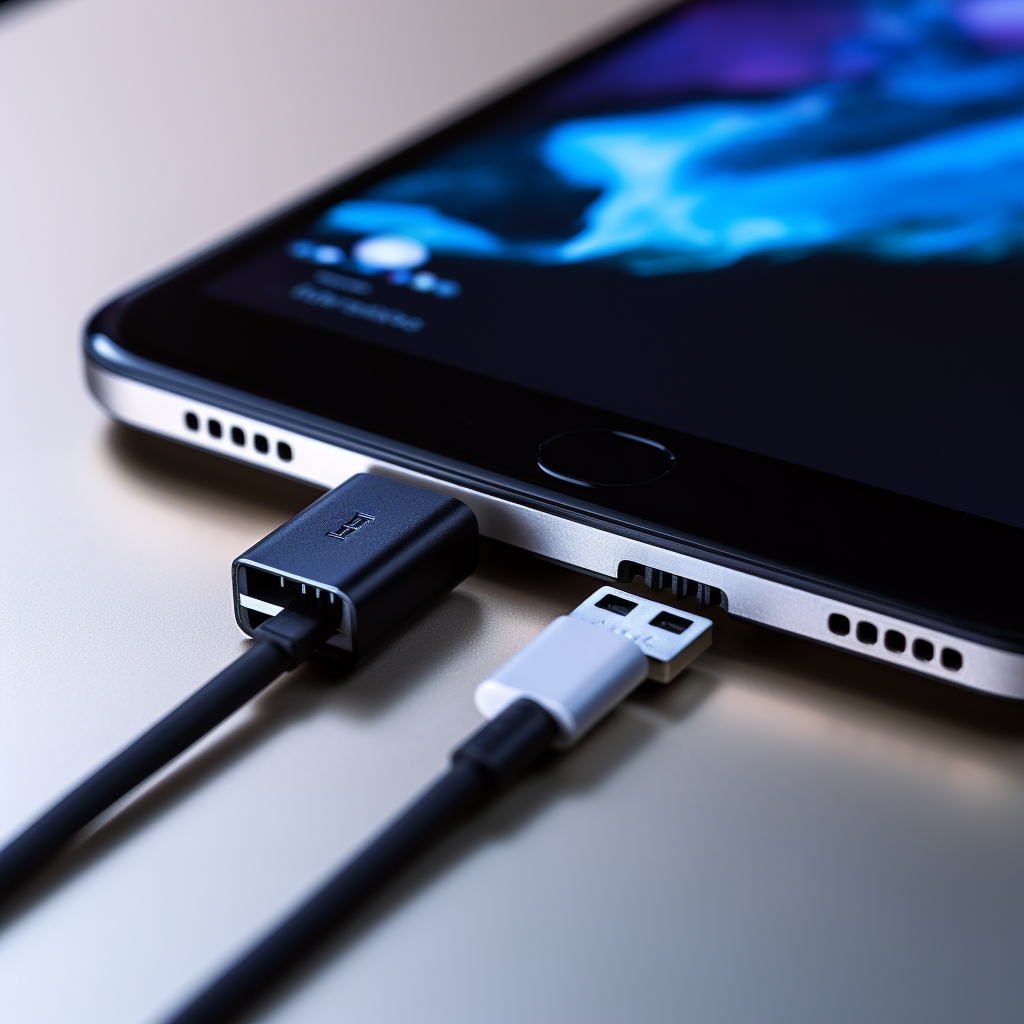
Speed and Performance
4.1 Data Transfer
USB-C
USB-C can support various data transfer protocols, the most common being USB 3.1 Gen 2, which offers speeds of up to 10 Gbps. However, when integrated with Thunderbolt 3 or 4 technologies, USB-C’s transfer rates can skyrocket to a staggering 40 Gbps.
Lightning
Lightning connectors have a maximum data transfer speed of about 480 Mbps, significantly less than USB-C. Apple compensates for this with other performance-enhancing technologies within their ecosystem, such as AirDrop, which offers fast wireless data transfer among Apple devices.
4.2 Charging Speed
USB-C
USB-C supports the USB Power Delivery standard, which can deliver up to 100 watts of power. This high wattage allows for quick charging of larger devices like laptops, in addition to smartphones and tablets.
Lightning
Lightning’s charging capabilities are less flexible, capping at around 18 watts for iPhones and 30 watts for iPads. However, Apple’s optimization within its ecosystem often results in efficient charging cycles, extending the overall battery lifespan.
When it comes to speed and performance, USB-C offers significantly higher data transfer speeds and charging capacities. This makes it more versatile for a range of applications, from simple file transfers to powering complex hardware. On the other hand, Lightning may lag in these areas, but it benefits from the seamless integration and optimization within Apple’s ecosystem.
Compatibility and Ecosystem
5.1 Device Support
USB-C
USB-C has a broad range of applications beyond just smartphones and laptops. You’ll find USB-C ports in a variety of devices, including monitors, gaming consoles, cameras, and even some household appliances. Its universal design aims to standardize connectors across multiple brands and types of hardware.
Lightning
Lightning connectors are exclusive to Apple’s ecosystem, which includes iPhones, iPads, iPods, AirPods, and some accessories like the Magic Keyboard and Magic Mouse. While this limits its application to a specific set of devices, it ensures that each connector perfectly complements its corresponding device.
5.2 Cross-Compatibility
USB-C
One of the most compelling features of USB-C is its cross-compatibility. Because it’s an open standard, various manufacturers adopt it, making it easier to find compatible cables, adapters, and accessories. Additionally, the port itself can support multiple protocols, such as DisplayPort and HDMI, further enhancing its versatility.
Lightning
Lightning’s proprietary nature means that finding third-party accessories can be more challenging, and they are often more expensive. However, within the Apple ecosystem, the experience is seamless. Lightning connectors are backward-compatible with older Apple devices that support it, and adapters are available for various functions.
USB-C and Lightning serve different kinds of ecosystems—universal vs. exclusive. While USB-C aims for broad compatibility and adaptability, Lightning focuses on seamless functionality within Apple’s own range of devices. Your choice between the two will likely hinge on the range of devices you own or plan to acquire.
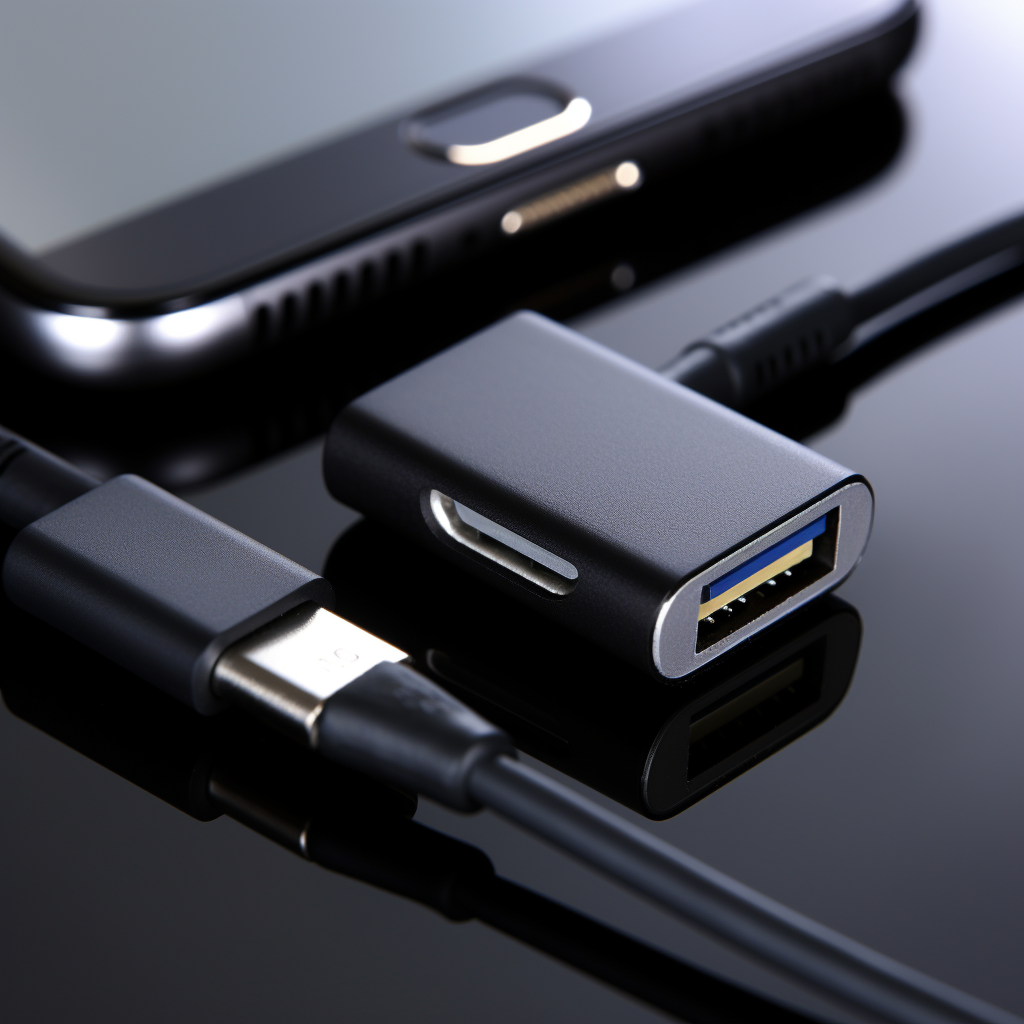
Safety and Reliability
USB-C
USB-C connectors often come with safety features like overcurrent protection and optional cryptographic authentication to prevent harmful hardware from damaging your devices. However, the USB-C market’s openness means there’s a wide quality range. Lower-quality, non-compliant cables or chargers can pose a risk, making it crucial to opt for products from reputable brands.
Lightning
Safety is one of Lightning’s strong suits. Apple’s stringent quality control and proprietary design ensure a high level of safety. Features like temperature monitoring and adaptive charging help prevent overheating and extend battery life. The closed nature of the ecosystem significantly reduces the risk of using counterfeit or low-quality accessories, which could harm your devices.
Safety and reliability are critical factors in choosing a connector type, particularly for consumers and businesses that prioritize data integrity and device longevity. USB-C offers robust safety features but requires cautious selection of accessories to mitigate risks. Lightning, on the other hand, provides a more controlled environment, making it generally safer but less flexible.
Environmental Impact
USB-C
The universal nature of USB-C has the potential to reduce electronic waste, as one connector type can be used for multiple devices across different brands. This could lead to fewer discarded cables and chargers. However, the transition to USB-C has also resulted in older connectors becoming obsolete, contributing to e-waste.
Lightning
Apple has been striving for environmental sustainability, as evidenced by their commitment to using recycled materials in their products. However, the proprietary nature of Lightning connectors could be viewed as contributing to e-waste, as these cables and accessories are limited to Apple devices. Once the device is obsolete, the connectors often follow suit.
Environmental considerations are increasingly important in today’s context. The universal approach of USB-C appears more favorable for reducing e-waste in the long run, but the transition period presents its own challenges. Lightning connectors, while optimized for Apple’s ecosystem, may contribute to e-waste due to their lack of cross-device compatibility.
Conclusion and Recommendations
Both USB-C and Lightning have distinct advantages and limitations. USB-C stands out for its universality, high data transfer speeds, and charging capabilities. It’s the connector of choice for those who prioritize versatility and compatibility across a broad range of devices.
Lightning, on the other hand, offers a streamlined, efficient experience for users invested in the Apple ecosystem. It excels in safety features and offers a highly integrated user experience, albeit at the cost of compatibility with non-Apple devices.
For users concerned about environmental impact, USB-C offers the potential for reduced e-waste in the long run, while Lightning connectors may face challenges in this area due to their proprietary nature.
In choosing between the two, consider your specific needs—whether it’s speed, safety, compatibility, or environmental impact—and the ecosystem you’re already invested in or plan to invest in.







